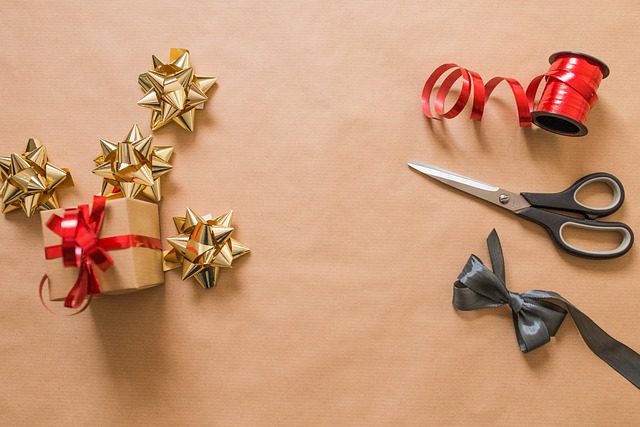
Unlocking the Art of Vinyl Wrapping: Essential Techniques and Tips for a Flawless Finish
Vinyl wrapping has emerged as an exciting way to customize vehicles, furniture, and various surfaces, providing an opportunity for creativity while protecting the underlying material. Whether you’re a seasoned pro or a beginner, mastering vinyl wrapping techniques can make all the difference in achieving a flawless finish. In this blog post, we will explore essential techniques and tips to help you elevate your vinyl wrapping skills.
Understanding the Basics of Vinyl Wrapping
Before diving into the practical aspects, it’s important to understand what vinyl wrapping entails. Vinyl wraps are made from durable plastic materials that can be applied to surfaces to change their color, design, or texture. This technique is popular for automotive customization but is also applicable to various DIY projects.
Key Materials Needed
- High-quality vinyl wrap: Choose a reliable brand that offers a range of colors and finishes.
- Application tools: A squeegee, utility knife, and heat gun are essential for a smooth application.
- Surface cleaner: Ensure that the surface is clean and free of contaminants before applying the vinyl.
- Measuring tools: Use a tape measure and ruler to ensure accurate cutting and fitting.
Surface Preparation: The Foundation of a Great Wrap
The first step in achieving a flawless finish is proper surface preparation. Follow these steps for effective cleaning and prepping:
Step-by-Step Surface Preparation
- Clean the surface: Use a suitable cleaner to remove dirt, grease, and wax. Rinse thoroughly and dry.
- Repair any damage: Fill in scratches or dents to create a smooth surface for the wrap.
- Sand the surface: Lightly sand glossy surfaces to create a better bond for the vinyl.
- Use a primer: If necessary, apply a primer to enhance adhesion, particularly on challenging surfaces.
Essential Vinyl Wrapping Techniques
Now that your surface is prepared, it’s time to apply the vinyl. Here are some essential vinyl wrapping techniques to keep in mind:
1. Cutting the Vinyl
Accurate cutting is crucial. Use a utility knife for precise cuts, and leave extra material around the edges to ensure full coverage. Remember to cut on a flat surface to avoid damaging the underlying material.
2. Applying Heat
Using a heat gun can help the vinyl conform to the surface. Heat the vinyl slightly before applying it to allow it to stretch and mold around curves and edges. Be careful not to overheat, as this can damage the vinyl.
3. Squeegeeing for a Smooth Finish
Use a squeegee to remove air bubbles and ensure proper adhesion. Start from the center and work your way outwards to push air out towards the edges. This technique helps avoid wrinkles and ensures a tight bond.
4. Trimming and Finishing Edges
Once the vinyl is applied, carefully trim away the excess material with a utility knife. Make sure to leave a small margin to prevent peeling. Use a heat gun again to secure the edges and prevent lifting.
Creating Intricate Designs
If you want to go beyond solid colors and create intricate designs, here are some tips:
1. Use Layering Techniques
Layering different colors can create a dynamic look. Start with the base layer and allow it to adhere properly before applying additional layers on top.
2. Utilize a Template
For complex designs, creating a template can help you achieve accuracy. Cut your design out of paper to visualize placement before applying the vinyl.
3. Experiment with Textures
Vinyl comes in various finishes, such as matte, gloss, and textured. Mixing these finishes can add depth and interest to your project.
Final Thoughts
Vinyl wrapping is a rewarding process that allows for creativity and personalization. By mastering the essential vinyl wrapping techniques discussed in this post, you can ensure a flawless finish for your next project. Remember, practice makes perfect, so don’t hesitate to experiment and refine your skills. Happy wrapping!






